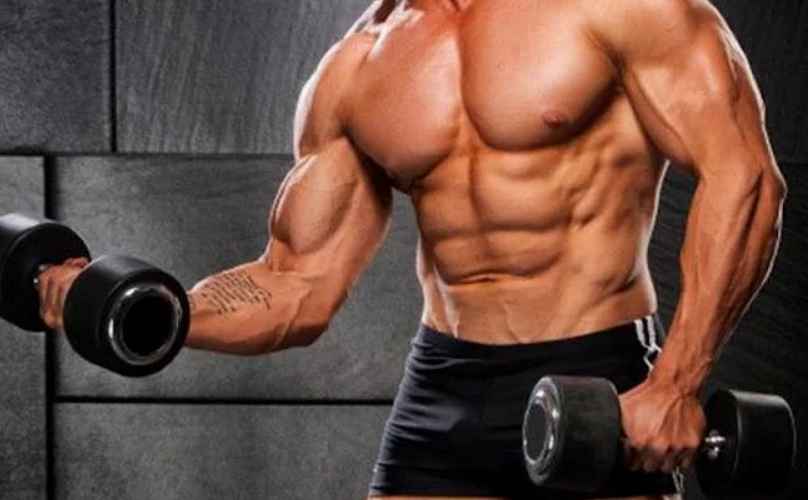Many of us have experienced that amazing feeling of pumped-up muscles after a good workout.
But have you ever wondered how long it lasts or what it really is?
Well, I’m here to explain it in simple terms. The duration of that post-workout pump can vary, depending on a few factors.
So, if you’re looking for a quick way to get a pump, lift the heaviest weights and call it a day! By breaking it down into simple terms, let’s explore it together.
Summarising the table for the timeline for how long the pump will last.
| Aspect | Description | Timeline |
| Muscle Pump | Temporary swelling and tightness in worked muscles | During and post-workout |
| Duration | Generally lasts 2 to 3 hours after exercise | 2-3 hours |
| Achieving It | More reps and sets with moderate weight | Throughout the workout |
| Techniques | Drop sets, time under tension | During exercise |
How Long Does a Pump Last?

Imagine you’ve just finished a great workout, focusing on your biceps.
After those intense curls and lifts, your biceps look bigger and more defined than usual. This temporary increase in size and tightness is what we call a “pump.”
Now, this pump doesn’t last forever. It’s like blowing up a balloon and slowly letting the air out.
Typically, your pumped-up biceps will stay that way for about two to three hours after your workout.
But here’s the interesting part: no precise scientific study tells us this exact timeframe.
It’s more of a general observation from fitness enthusiasts. Scientists are more concerned with other aspects of muscle building and health.
So, while the two to three-hour estimate is a good rule of thumb, it can vary from person to person.
Some might experience a shorter pump, while others might enjoy it longer.
For example, proper nutrition and sleep are essential for building muscle, and the pump lasts only briefly.
The key takeaway is that the pump is a temporary yet rewarding result of your hard work in the gym.
- Btw, are you looking for ideas to build a gym at home? Here are some amazing half-garage gym ideas that you must check out.
It’s a sign that your muscles are engaged and working, but it’s not the only thing that matters for building and maintaining muscle strength and tone.
What is a Gym Pump?
A muscle pump is like your muscles are getting a refreshing drink, and they love it.
This “drink” is actually an increase in the amount of water inside your muscle cells. This makes your muscle fibers swell up, making them look bigger and more defined.
Now, how does this happen?
Well, something called “hyperemia” kicks in when you work out. It’s a fancy word for increased blood flow.
So, imagine this: with every rep or contraction you do, your muscles shout, “We need more oxygen!” In response, your blood vessels open up to let more blood rush in.
This extra blood brings water and nutrients to your muscles, causing them to puff up and appear more prominent than when you’re just chilling.
So, that pumped-up feeling you get after a workout? It’s like a visual reward for your hard work, showing that your muscles are active, well-fed, and ready to grow stronger.
Best Ways to Get a Pump Easily

As a fitness expert, let me break down some simple ways to get the best muscle pump during your workouts, along with examples you can try:
1. More Reps, Less Weight
Instead of lifting really heavy weights, focus on doing more reps with lighter weights.
For instance, if you’re doing bicep curls, use a weight that allows you to do 15-20 reps in a set.
Do 2-3 sets like this with short rests of about a minute in between. This approach keeps your muscles engaged and creates a great pump.
Example: If you’re doing squats, use a moderate weight and aim for 15-20 repetitions in each set.
2. Try Drop Sets
Drop sets are an excellent technique. Start with a weight that challenges you and do 8-12 reps.
After that, quickly reduce the weight by about 25 percent and do another set. Repeat this process once or twice.
It makes your workout more intense and pumps up your muscles.
Example: For bench press, begin with a challenging weight for 8-12 reps, then immediately lower the weight and do another set.
3. Keep the Tension
To get a good pump, keep your muscles working throughout the exercise.
Some moves have moments of rest, but you can tweak them. For instance, with push-ups, don’t go all the way up; push yourself halfway.
This way, your chest and triceps stay under tension, and you get a stronger pump.
Example: During push-ups, only push up halfway, then back down, maintaining tension in your chest and triceps.
Remember, the key is to do more work in your workouts, whether by doing more reps, trying drop sets, or modifying exercises for constant tension.
These methods will help you achieve a satisfying pump and boost muscle growth.
- Have you heard about Planet Fitness? I mean, who hasn’t? I recently went to one of the Planet Fitness tanning beds and have some interesting thoughts. Check it out here.
Are there any disadvantages to getting the muscle pump?
While the duration of a muscle pump is generally considered a positive aspect of a workout, there can be some disadvantages or drawbacks associated with how long it lasts for specific individuals or situations.
Here are a few potential disadvantages:
1. Temporary Effect
The pump is a temporary phenomenon that typically lasts a few hours. This means the increased muscle size and vascularity you experience during a pump are short-lived.
If you’re seeking long-term muscle growth, you may find the fleeting nature of the pump disappointing.
2. Dehydration Risk
Achieving a pump often involves increased intracellular hydration, which means your muscles hold more water.
This can lead to dehydration if you don’t properly replenish fluids after your workout. Staying hydrated is crucial for overall health and performance.
3. Injury Risk
Individuals might sometimes push themselves too hard to maintain the pump, leading to overtraining or injury.
Overtraining can result in fatigue, decreased performance, and increased risk of injury, so it’s important to strike a balance in your workouts.
How do I Train for Muscle Pain?

So, when I decided to guide people on their journey for muscle pumps, I told them that to achieve a great pump, they should focus on doing more repetitions (reps) and sets rather than lifting heavy weights.
It’s like telling them to practice riding the bike more times around the block.
We start with simple exercises like bicep curls. I tell them to use a weight that lets them do 15-20 reps in one set.
We do 2-3 sets like this, taking short breaks of about a minute. It’s a bit like learning to pedal the bike with ease.
Next, I introduce them to a cool technique called “drop sets.” It’s like teaching them a fun bike trick.
We start with a challenging weight for 8-12 reps, and then right away, we reduce the weight by about 25 percent and do another set.
We repeat this process once or twice. It makes the workout more exciting and pumps up their muscles.
We also talk about keeping the muscles under tension. I explain that some exercises naturally have moments of rest, like when you stop pedaling a bike.
However, I show them how to modify the exercises to keep the tension on the muscles all the time. It’s like teaching them how to maintain their balance on the bike without stopping.
As we practice, my clients get better and better.
They start understanding the tricks and techniques, like becoming more confident on a bike. They enjoy the pump and see how it shows their hard work paying off.
But the best part is that this journey never really ends. We keep exploring new ways to pump up those muscles, just like taking the bike on new adventures.
It’s a continuous learning process, and our trainers are excited to see how far they can go in mastering the muscle pump.
Conclusion
In conclusion, the duration of a muscle pump typically falls within the range of two to three hours.
To maximize that pumped-up feeling, prioritize higher volumes of repetitions and sets in your workouts rather than lifting extremely heavy weights.
This approach can enhance your muscle pump and leave you feeling more satisfied with your fitness routine.

